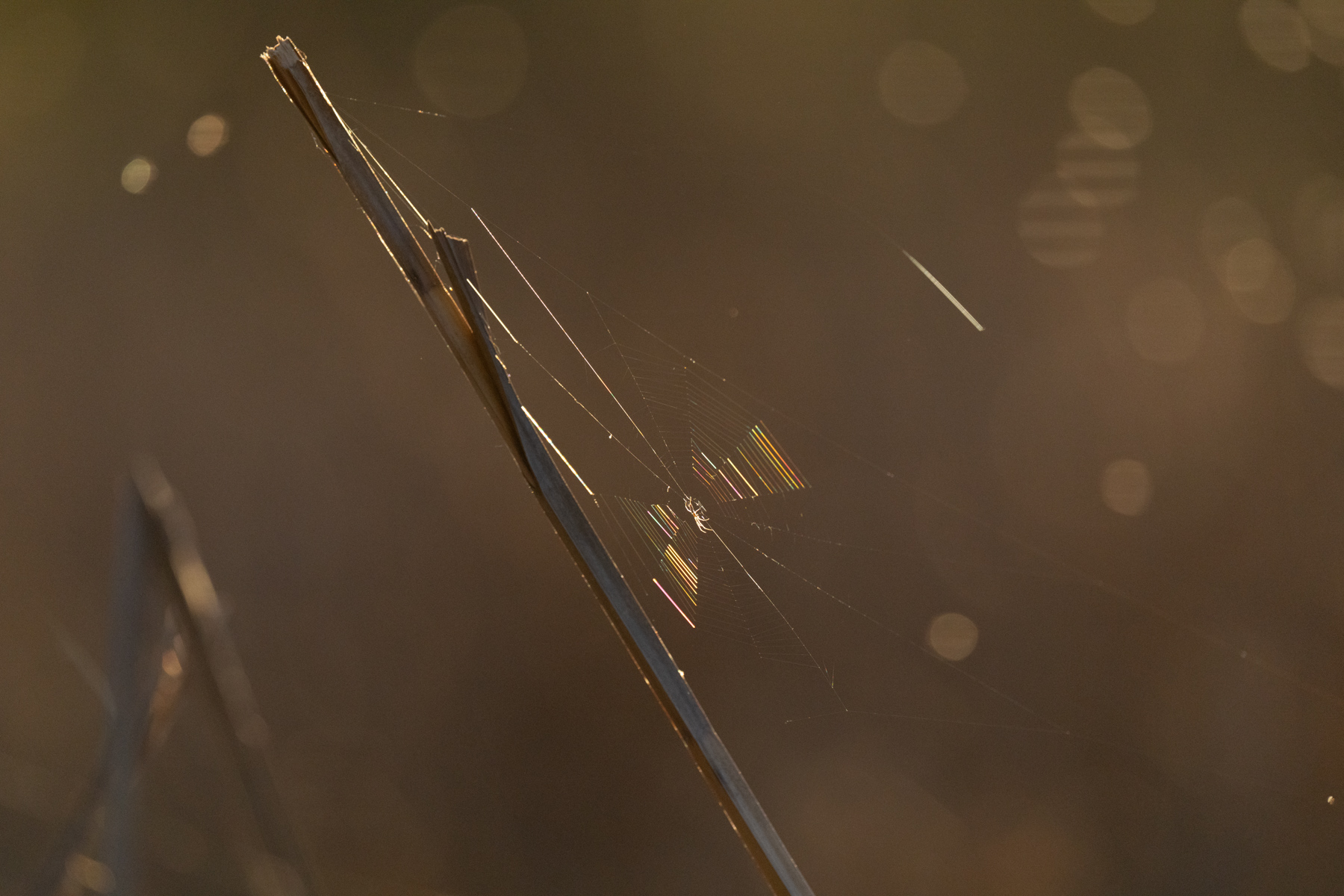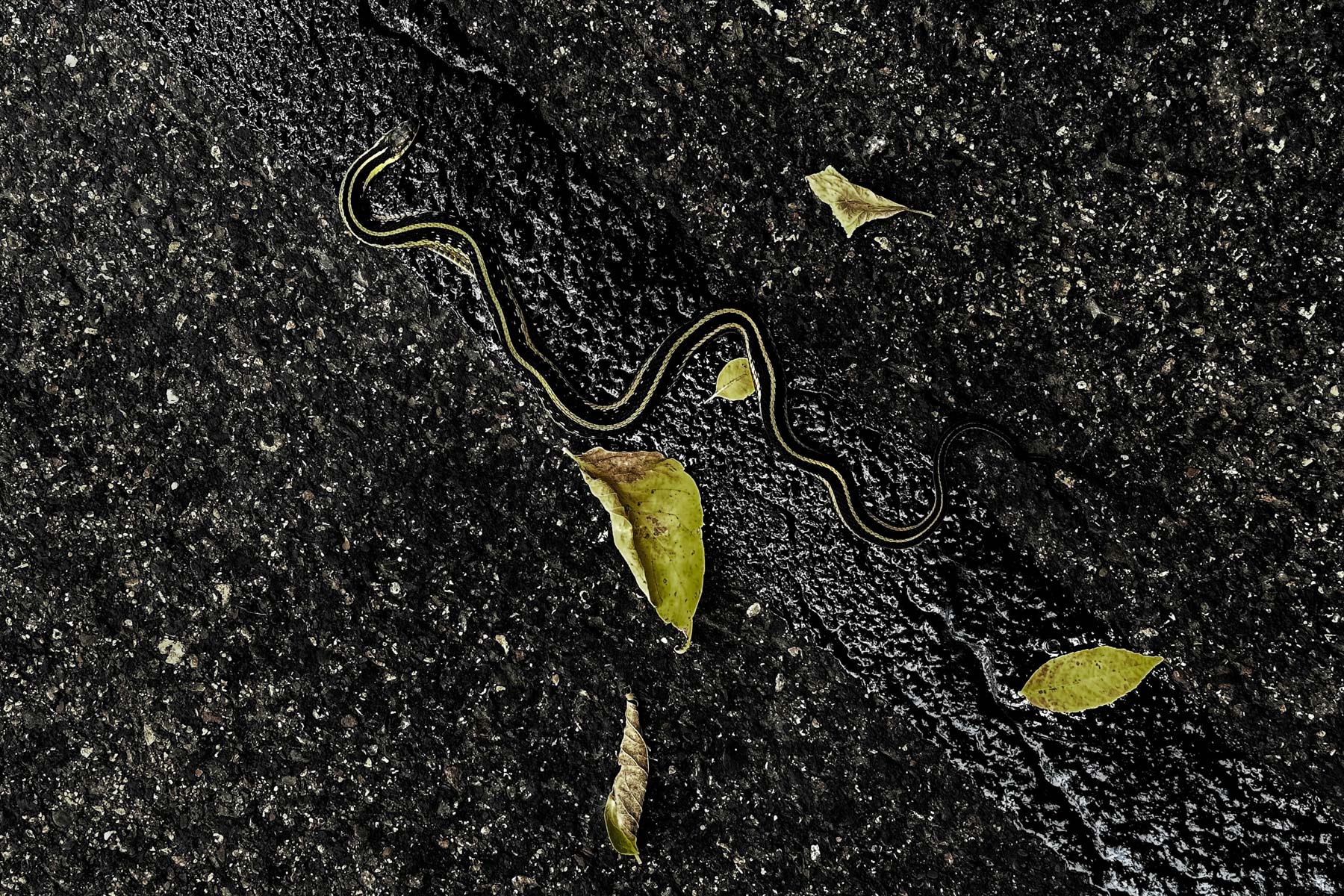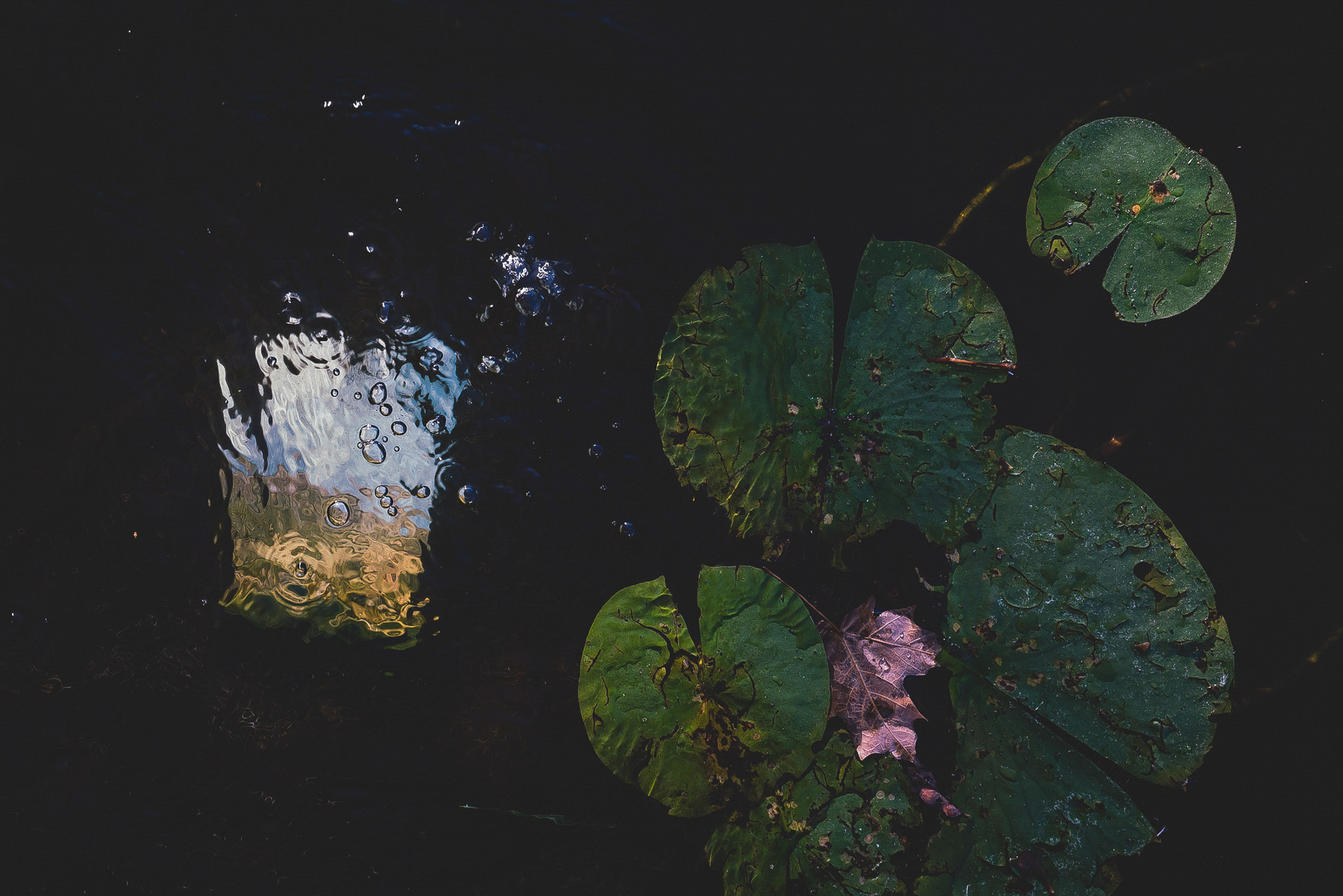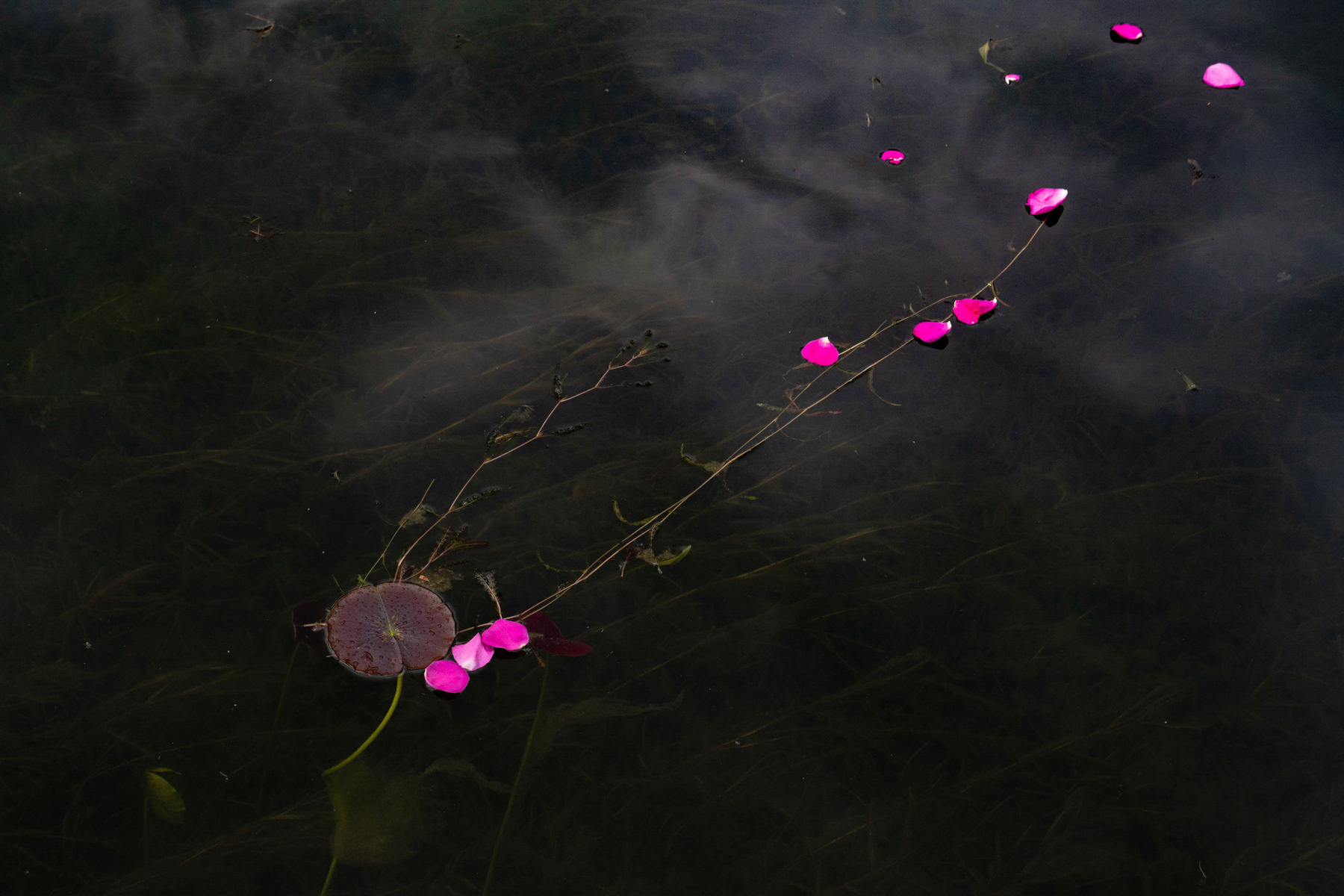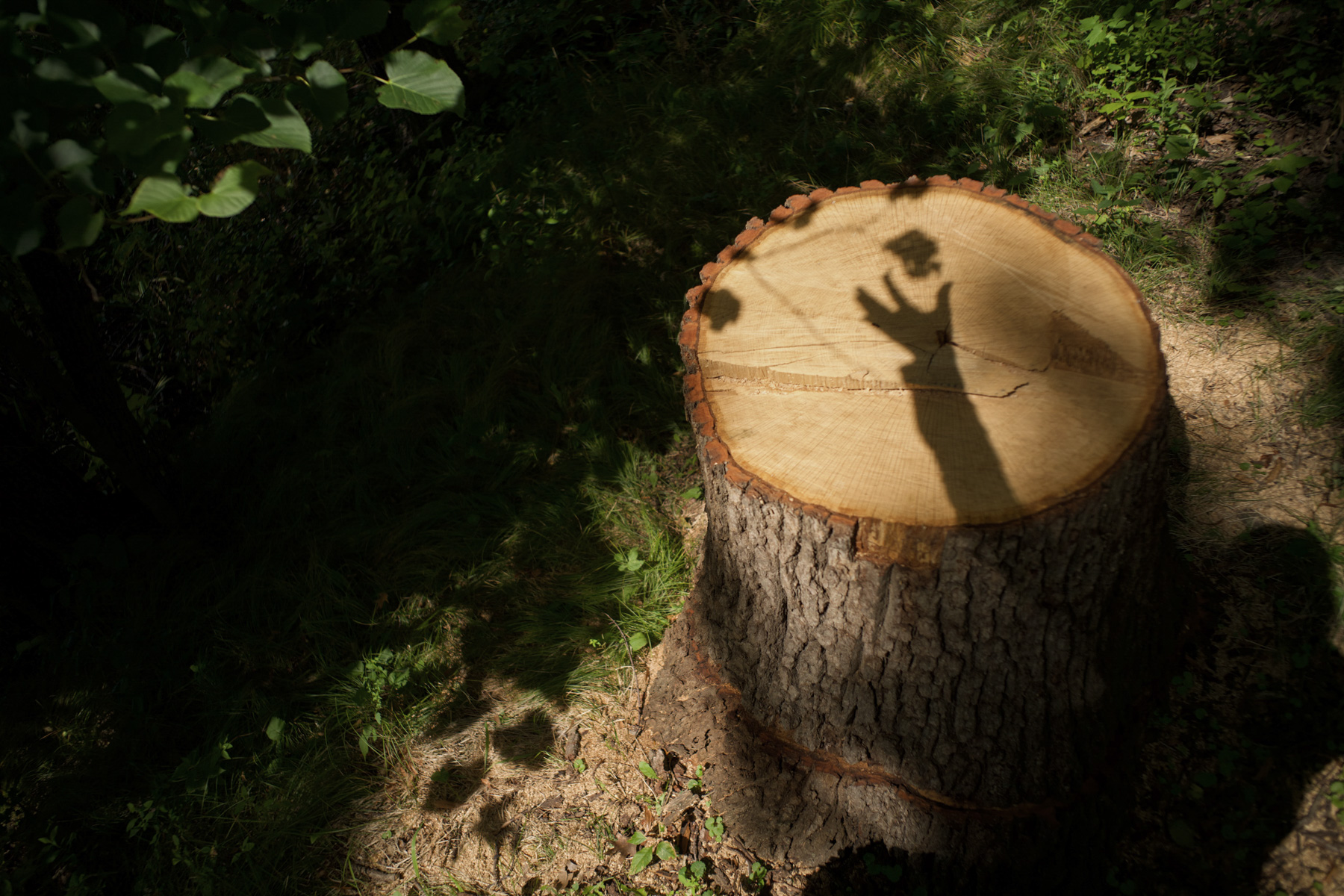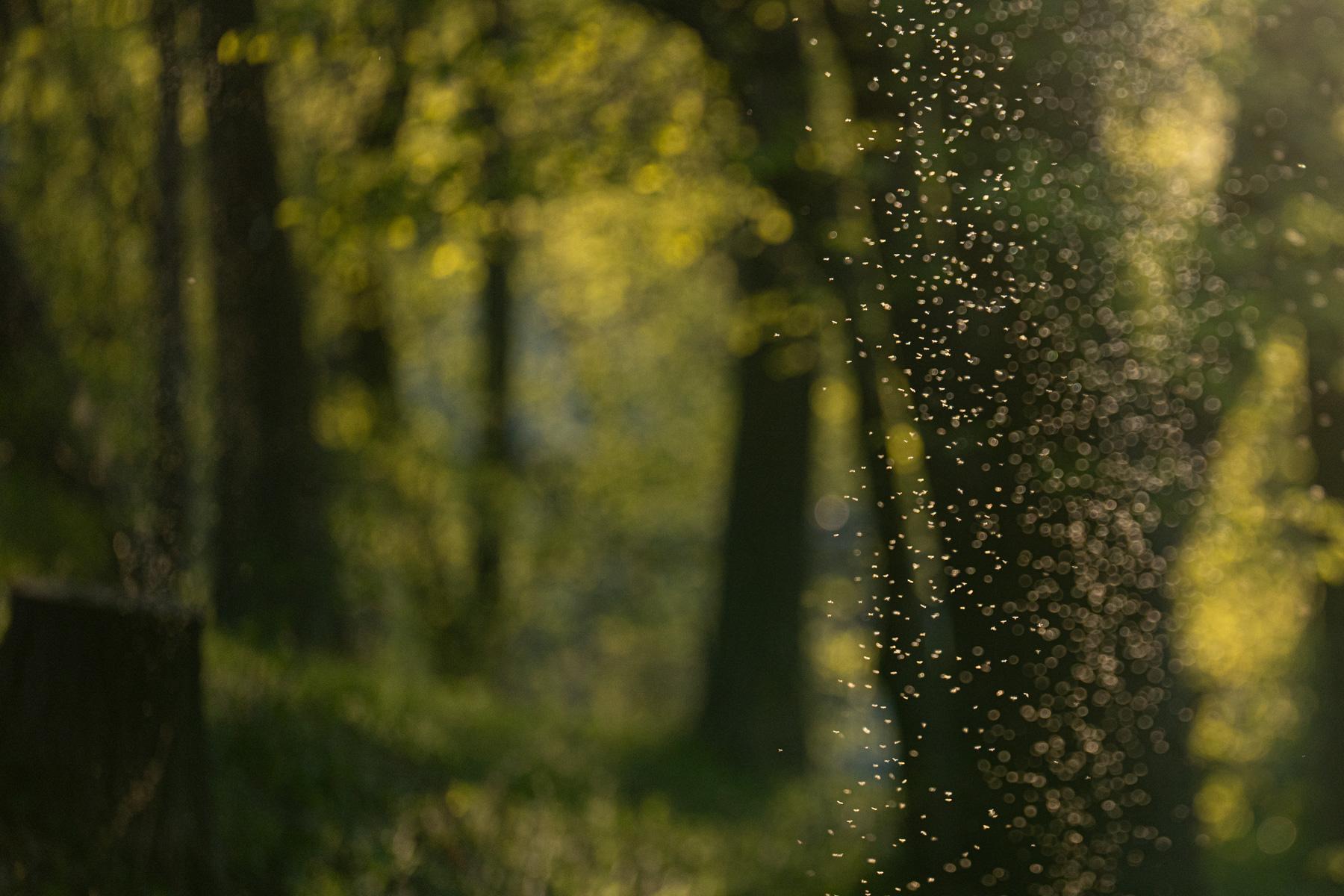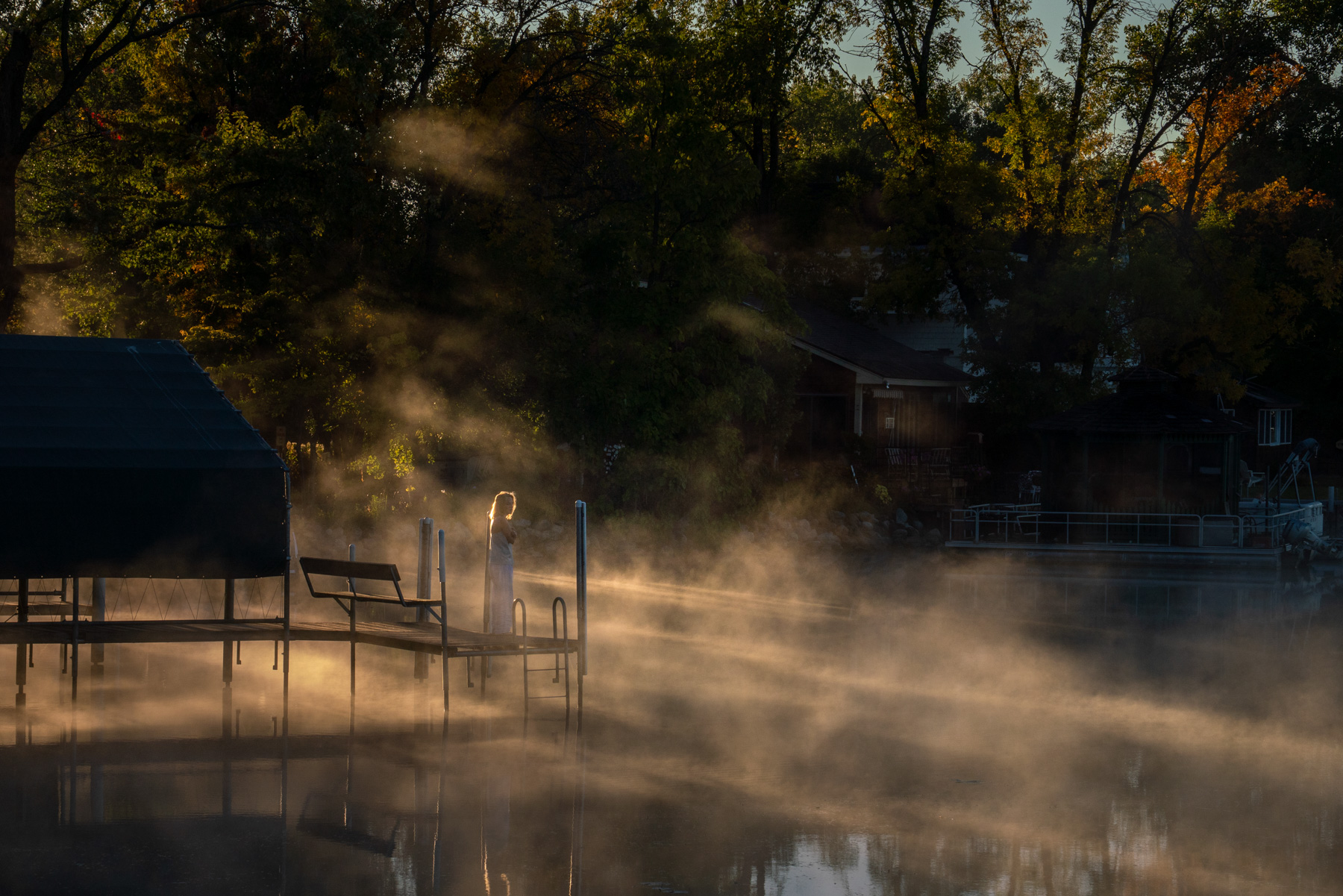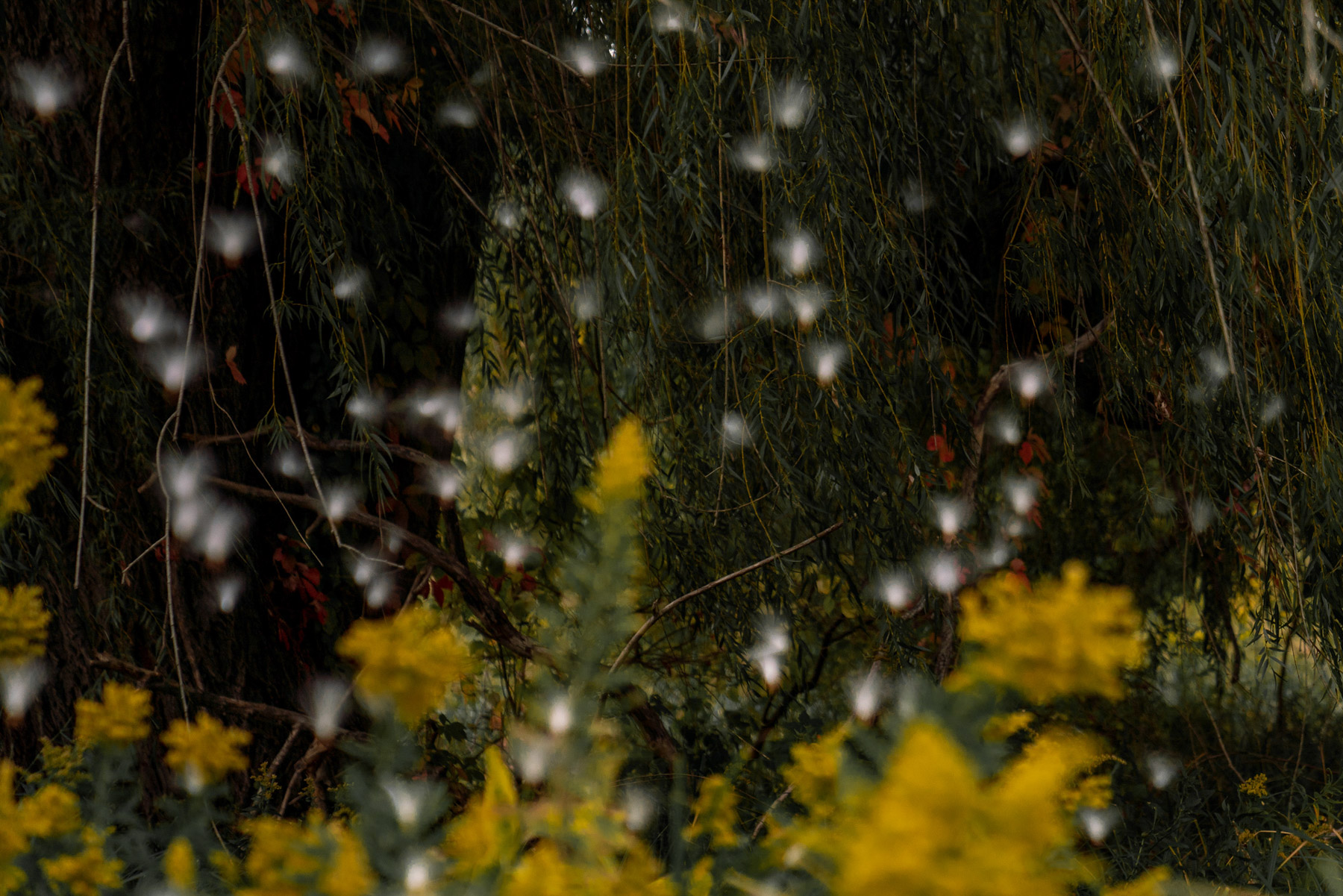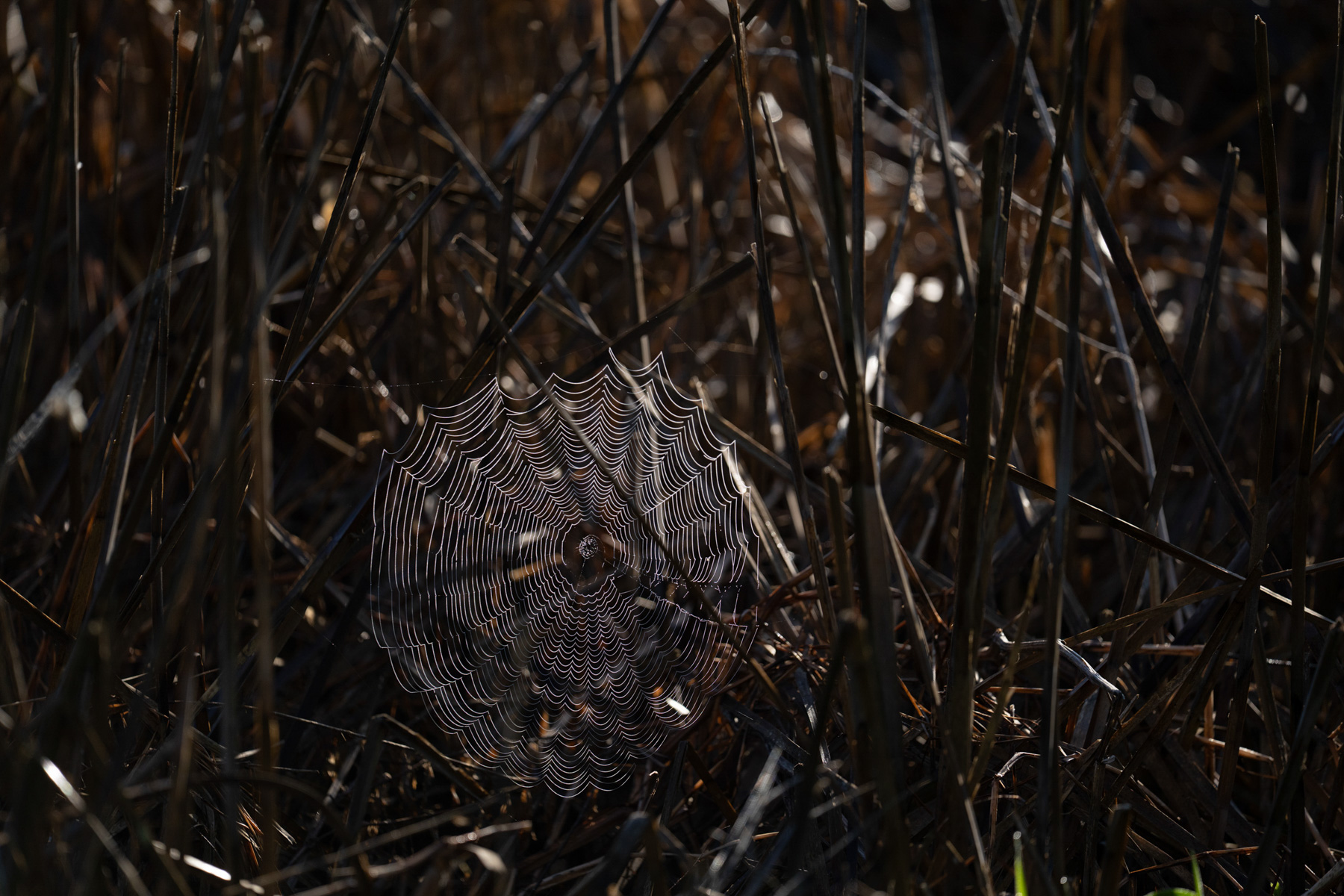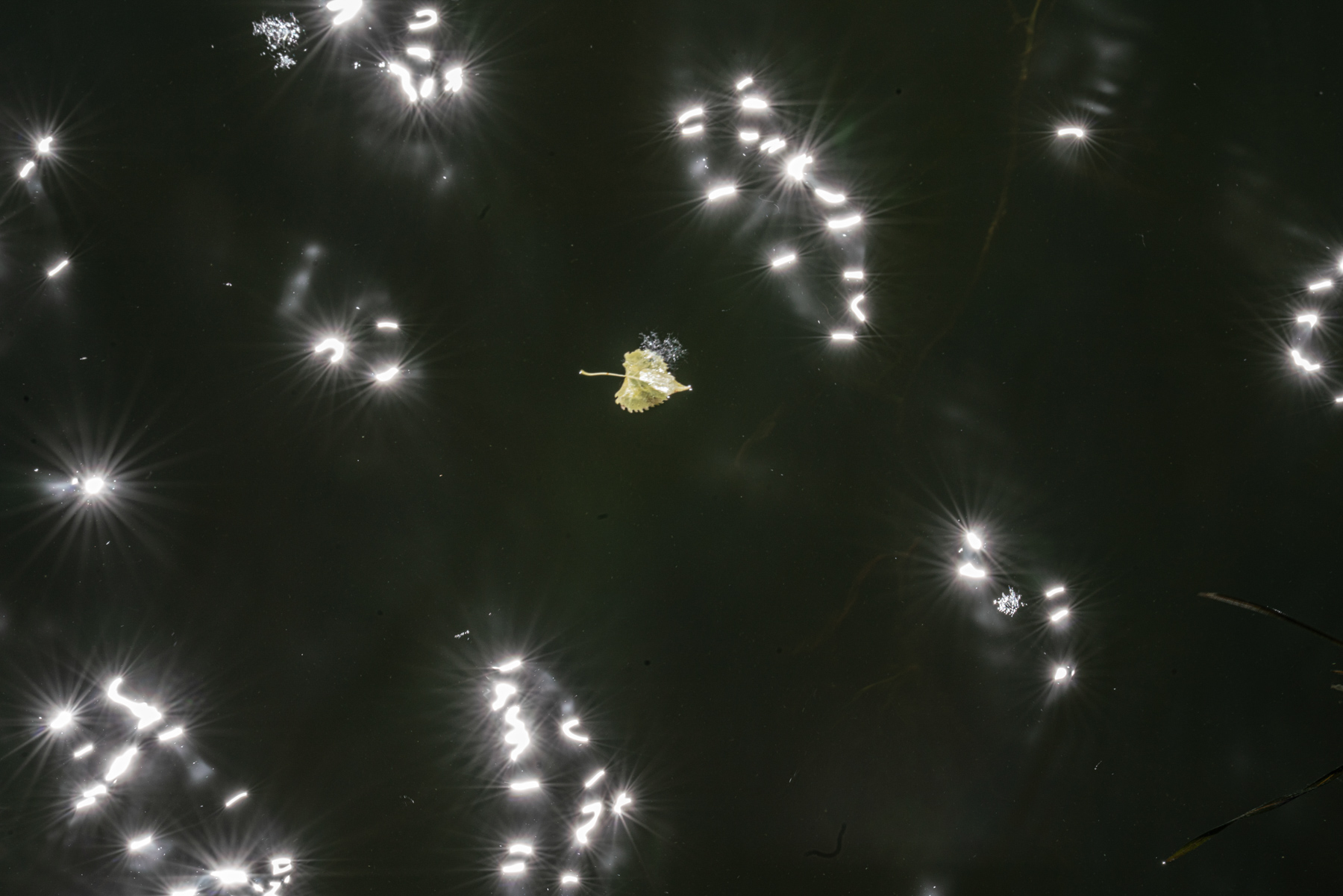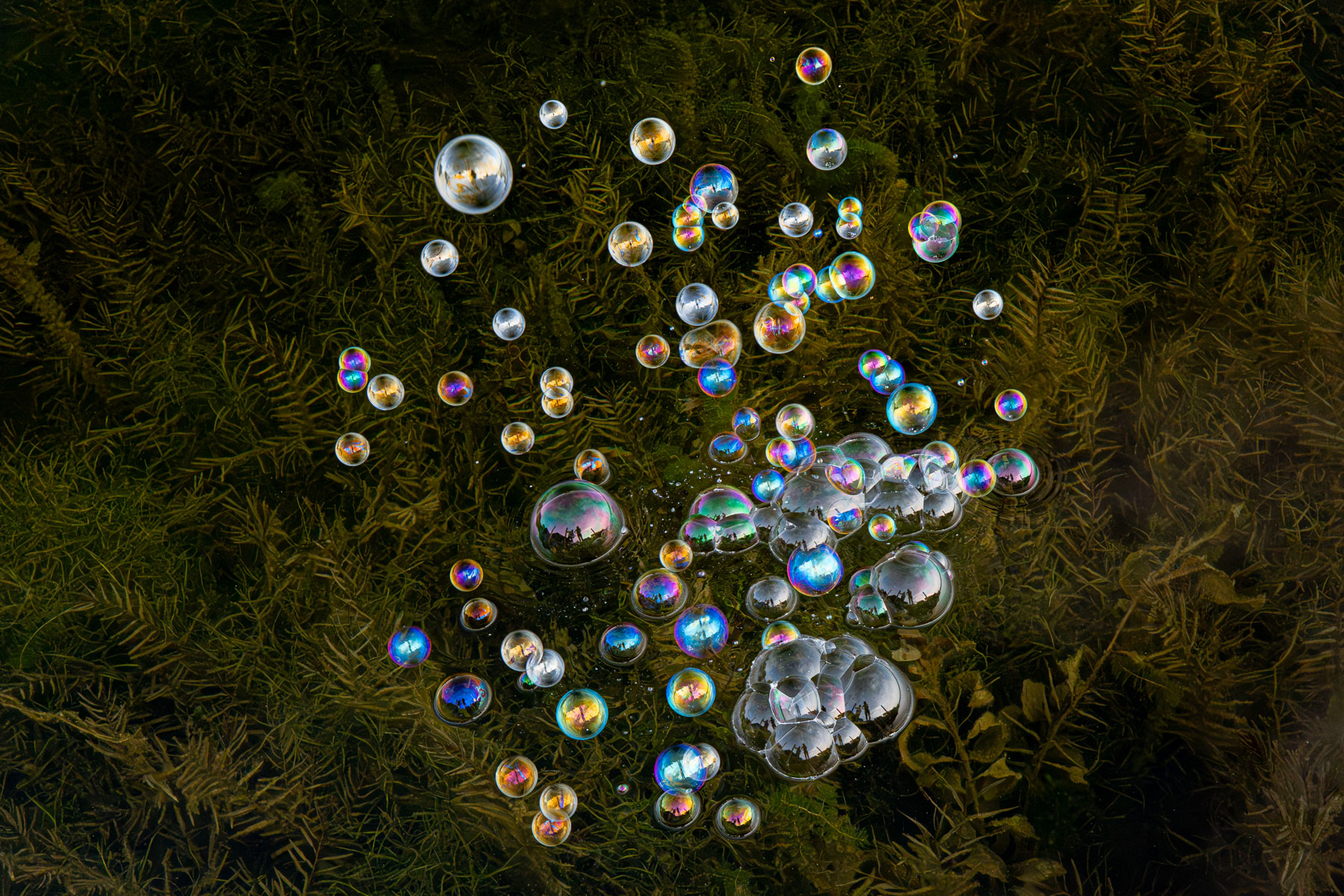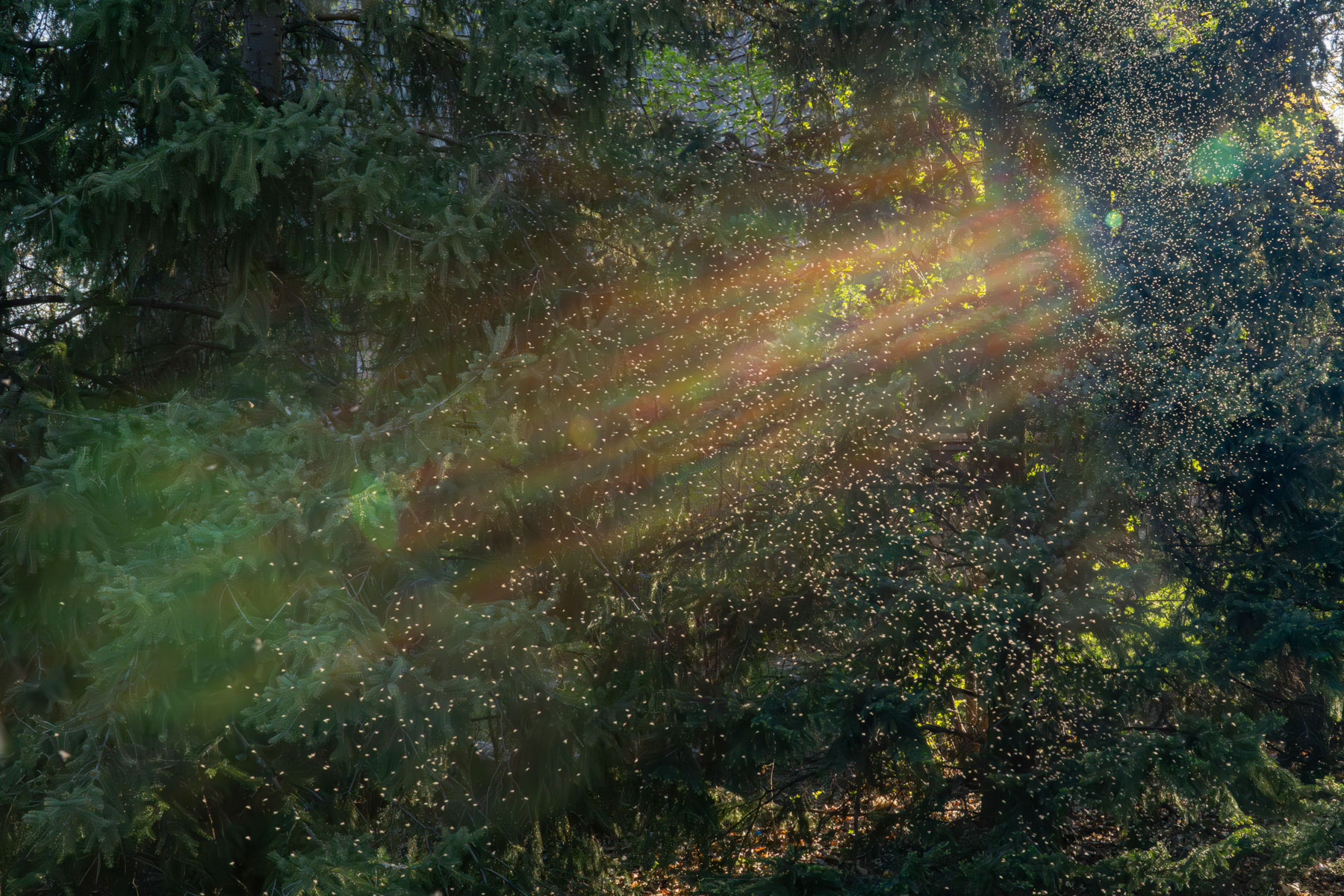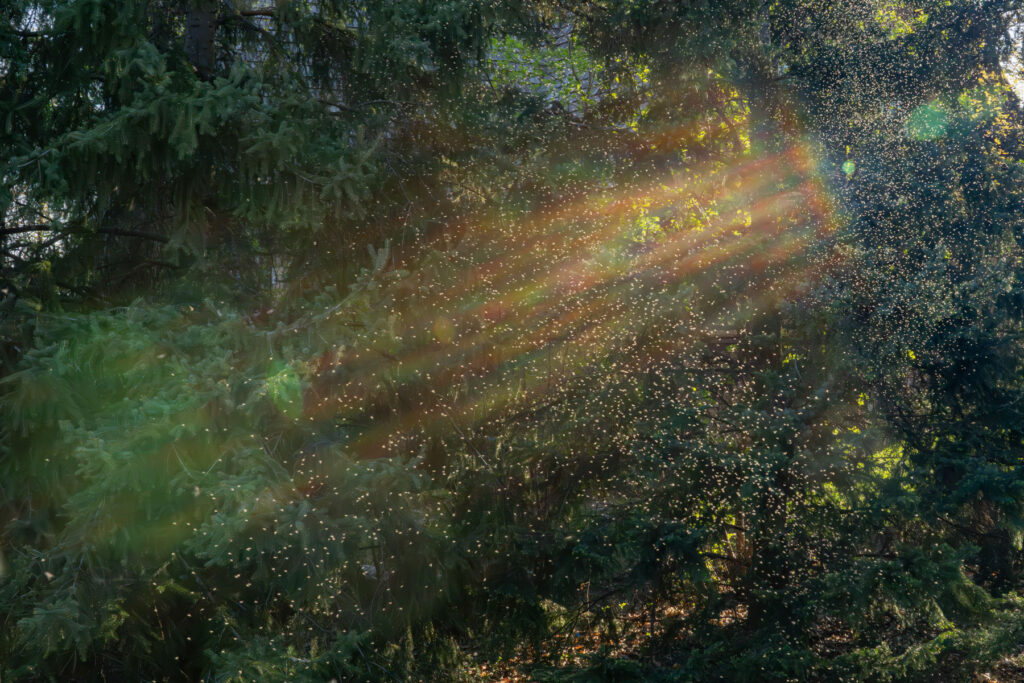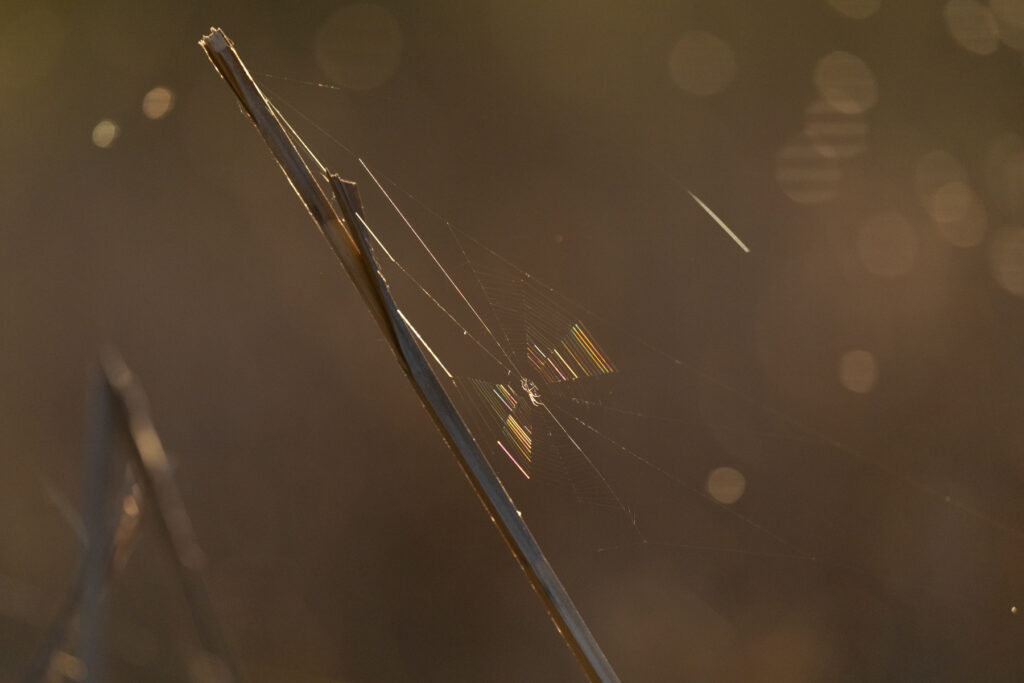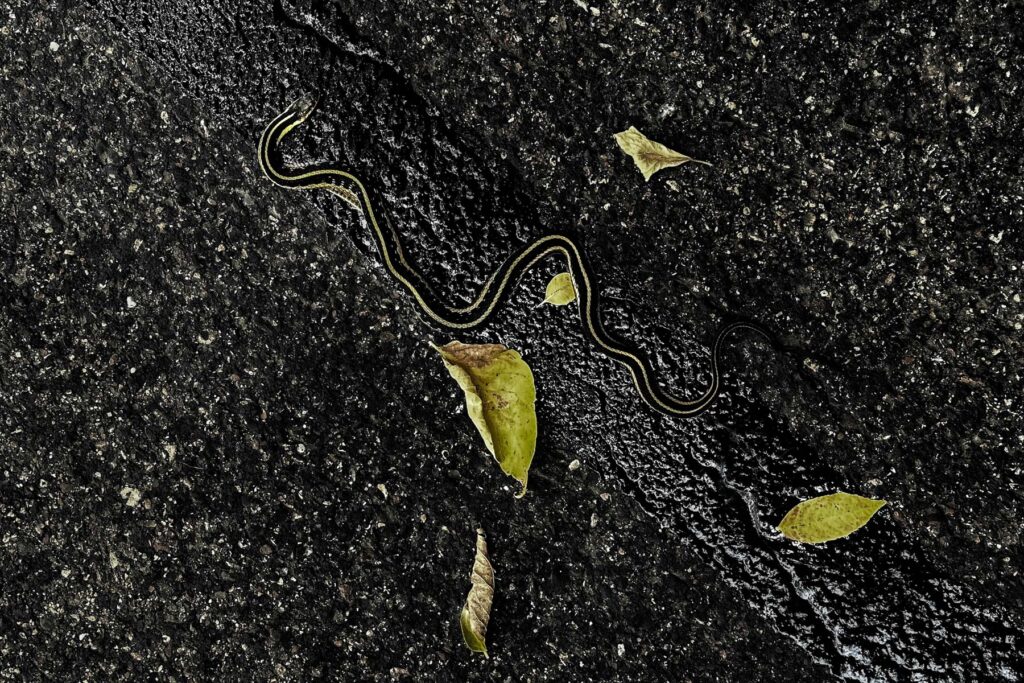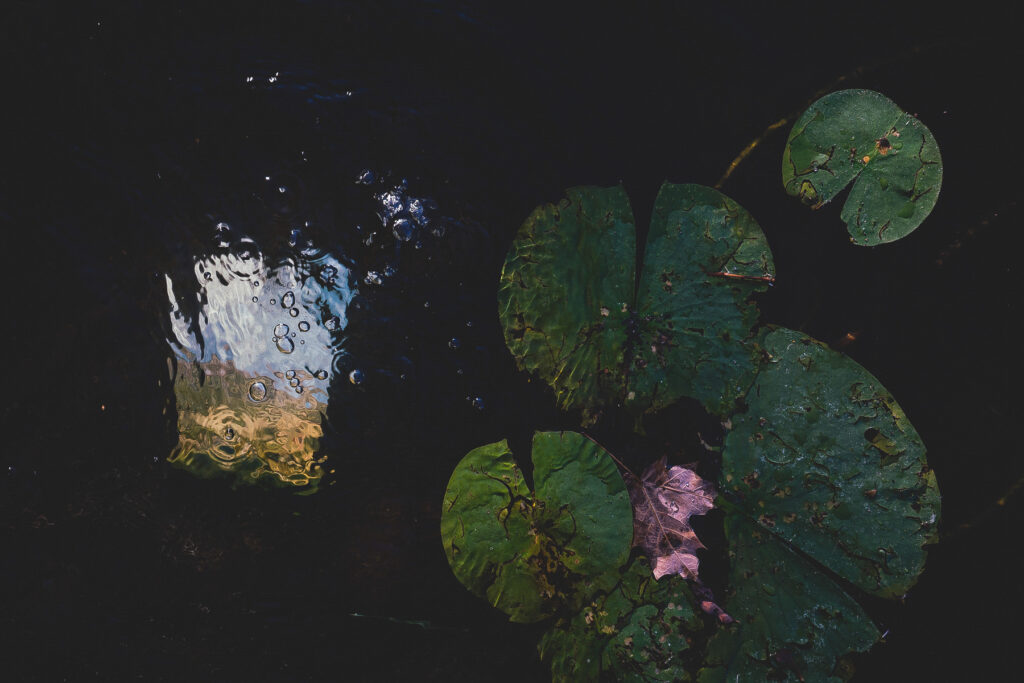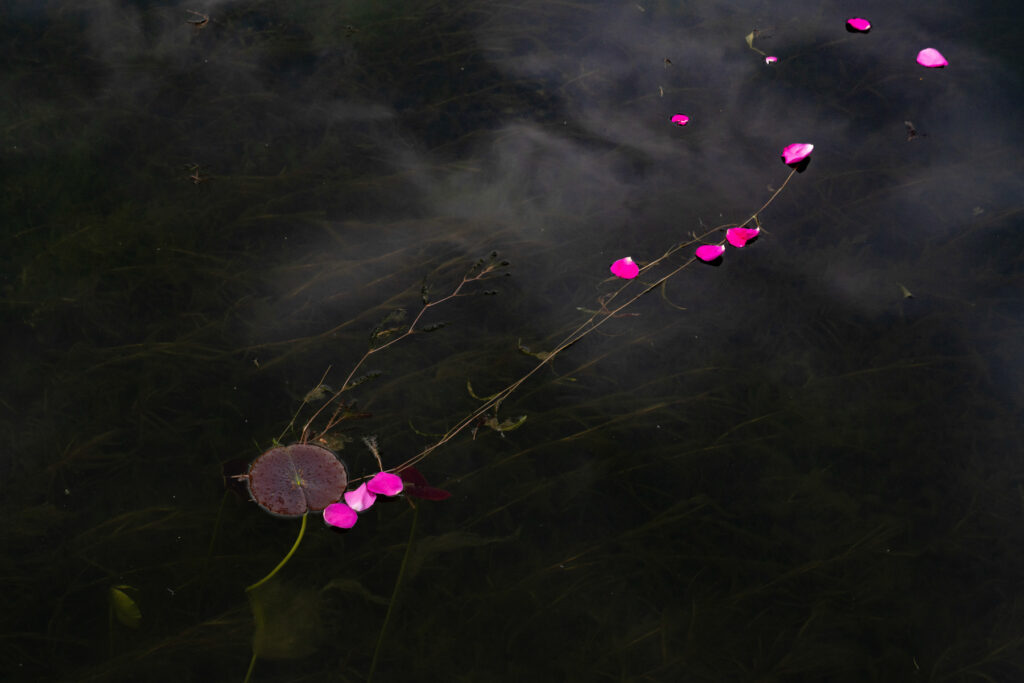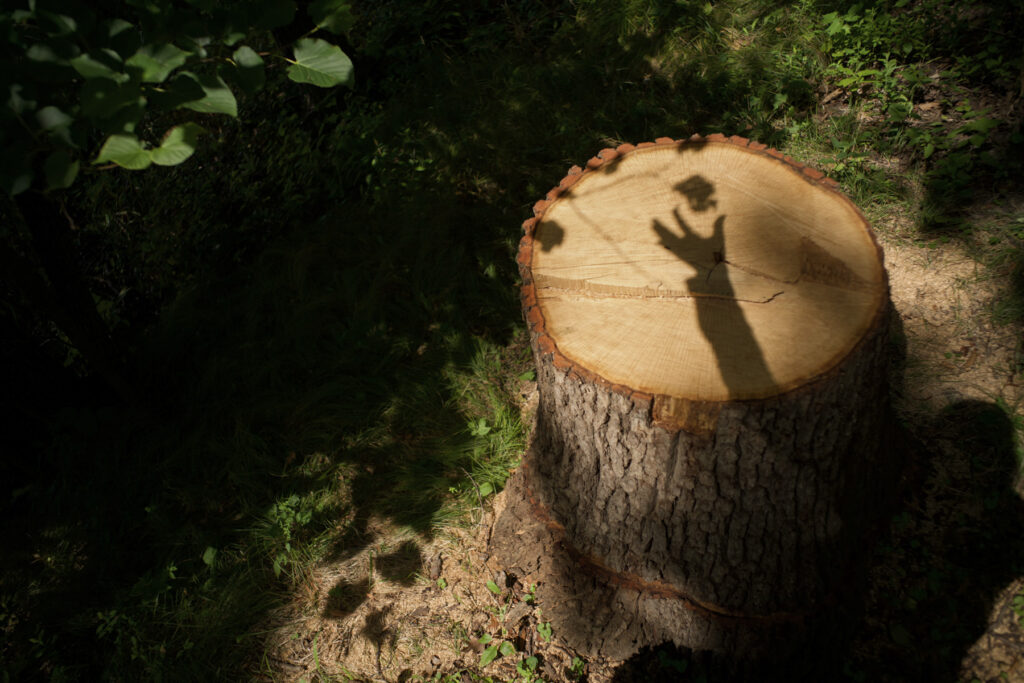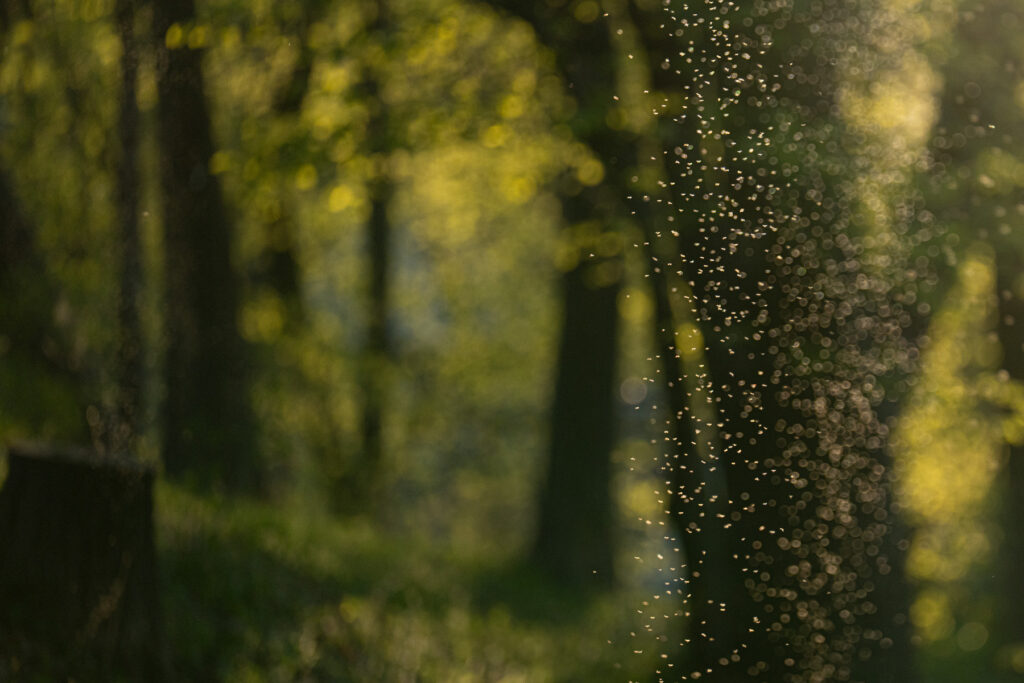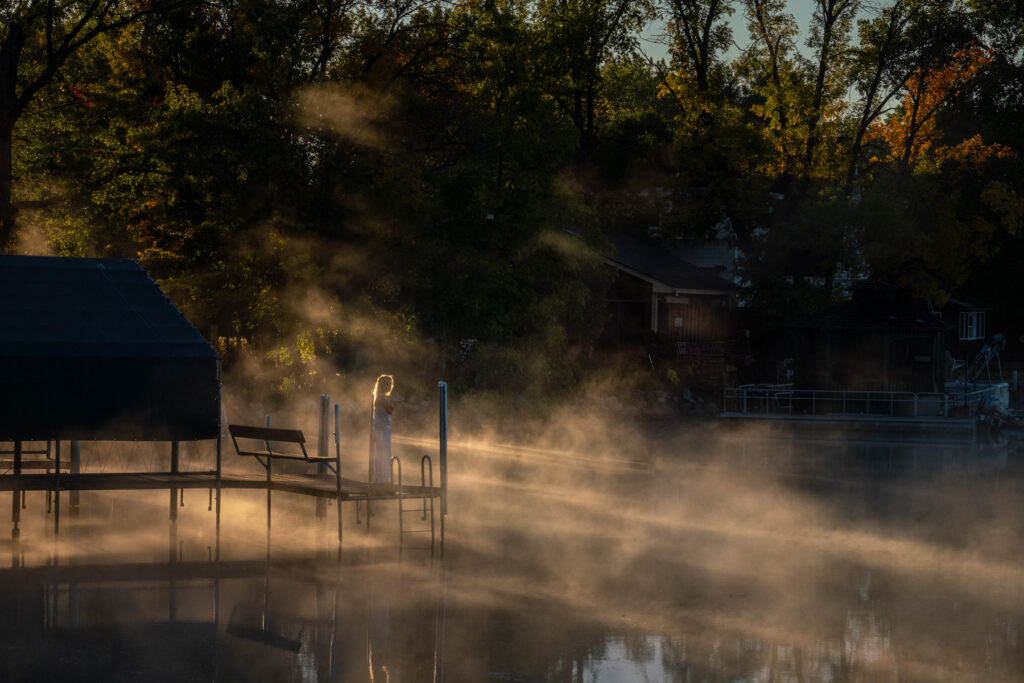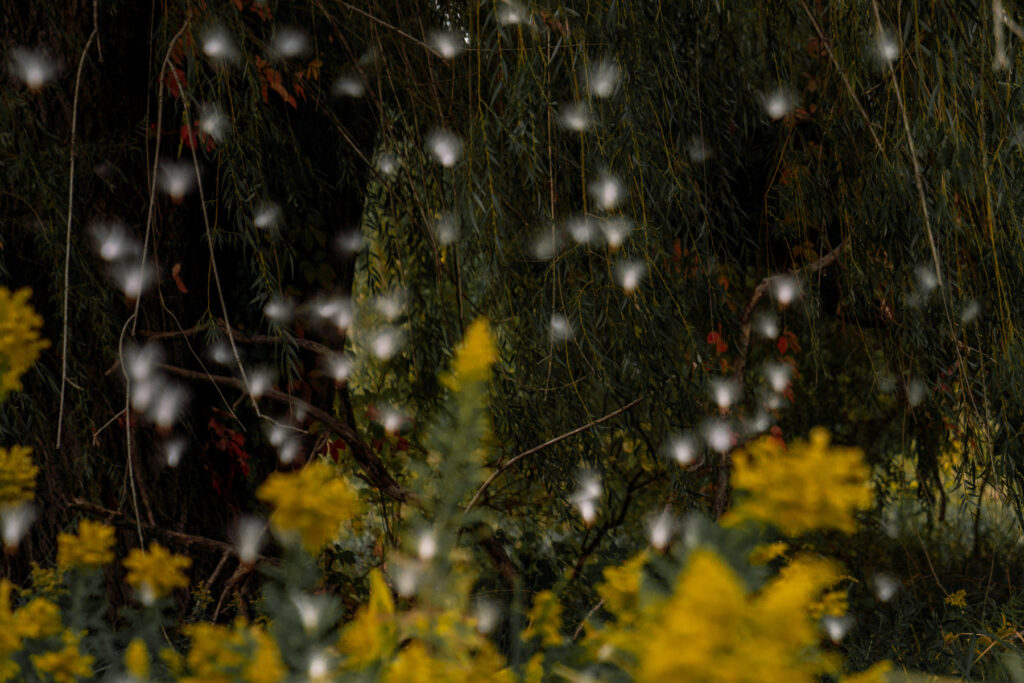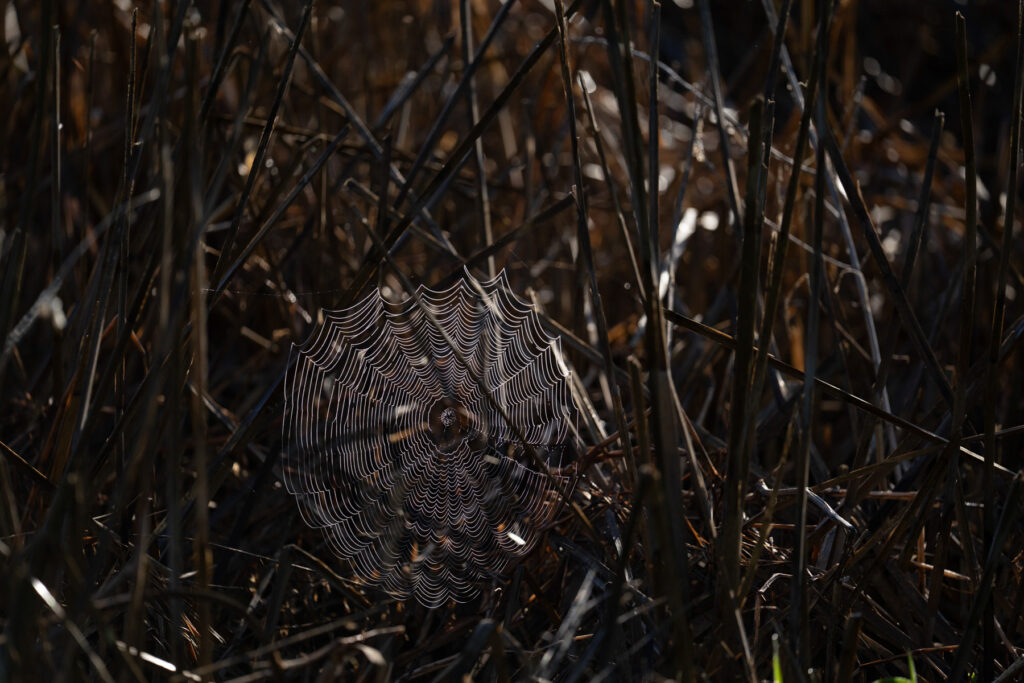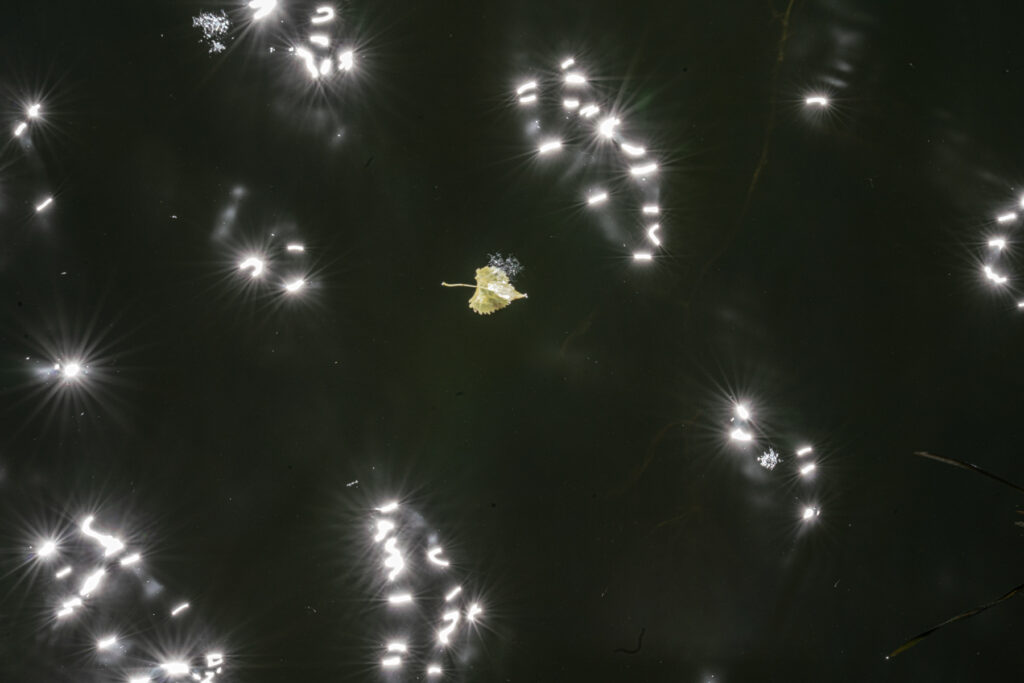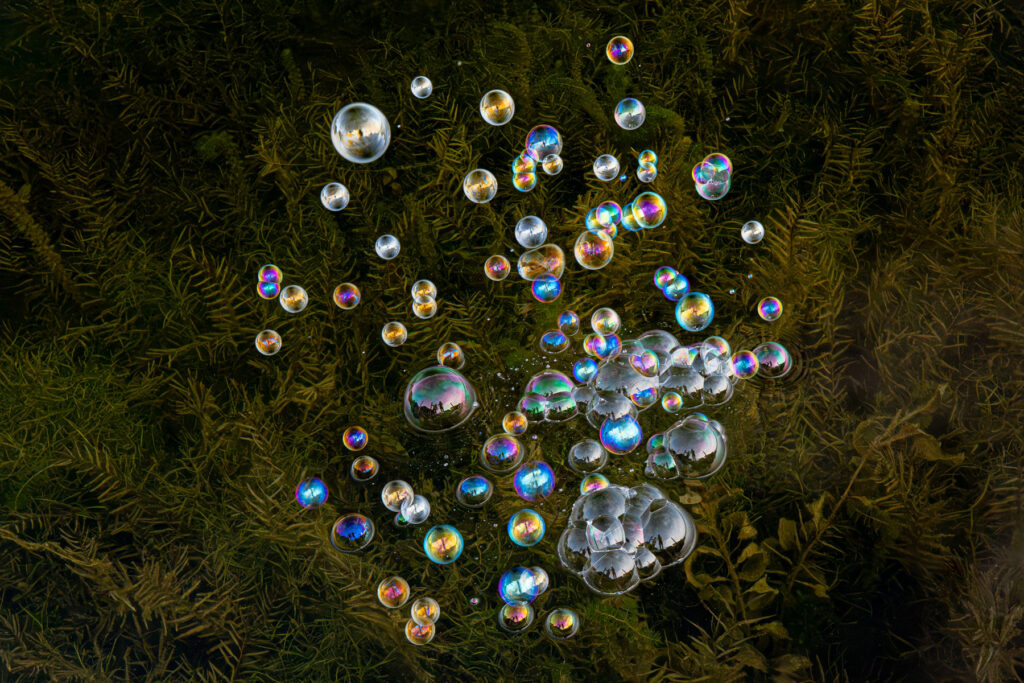Locust Hills is a neighborhood that sits on the shore of Lake Minnetonka.
Like the rest of the Lake Minnetonka area, Locust Hills is part of the homeland of the Dakota (Eastern Dakota/Santee), especially the Mdewakanton band. The Dakota name for the lake, Mní iá Tháŋka (“Big Water”), reflects their long relationship with it. For generations, these lands were used for seasonal camps, wild rice harvesting, fishing grounds, and as part of a travel corridor leading toward the Mississippi River. The wetlands near what is now Locust Hills were an important part of that route, supporting both travel and subsistence.
Walking these same paths today, I’m mindful of this layered history and the generations who once moved through this land. It is this awareness that shapes how I see and photograph here—not as untouched wilderness, but as a living place carrying memory and meaning.
This series of twelve photographs was created along a walking path near my home in Locust Hills—a place where light, shadow, and color shaped quiet moments of discovery. From a cobweb glistening in the sun to mayflies caught in backlight, from lily pads scattered with rose petals to the shifting greens and yellows of the landscape, the images trace the delicate balance of presence and pause.
The path became a space of reflection, bordered by preserved native grasses, flowers, trees, and birds—a pocket of nature woven into the city. These photographs speak to the healing power of time outdoors, and to the need to protect and honor the natural world. In doing so, we safeguard not only land and wildlife, but also our own well-being and our sense of belonging to something greater than ourselves.
